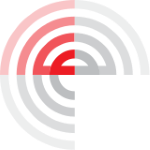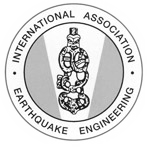Description
The paper explains in more detail the fifteen-year agreement of the Sendai Framework for Risk Reduction through seven global goals and four priority actions.
Relevant are the experiences of earthquakes in Skopje, Dubrovnik and the Montenegrin coast, which resulted in stricter regulations for securing buildings from seismic destruction in the SFRY regulations. In the case of Skopje in 1963, a world urban-architectural competition for the reconstruction of the city was organized by the UN. In the case of Dubrovnik the 1979 earthquake coincided with the city's entry in the UNESCO World Heritage Register so the reconstruction model was based on defined postulates. The aftermath of the earthquake on the Montenegrin coast has resulted in further tightening of federal regulations.
The experience of working on the development of a City Management Plan in the field of safety on the example of the city of Dubrovnik is also briefly described.
The devastating consequences on the structures after the earthquake in Zagreb, neighboring counties and in Banovina are evident on the buildings (or their parts) that were performed without the necessary mandatory projects in accordance with the Legal Framework (illegal construction).
On buildings that are constructed according to the prescribed requirements for resistance to seismic stresses, the damage is significantly less, depending on the year of construction and regulations from that time.
Based on such experiences after the earthquakes in Zagreb and Banovina, no changes in the existing regulations are envisaged for the time being in terms of more rigorous requirements, but it is certainly necessary to revise the marking of some spatial earthquake zones according to existing displays.
Deep, complete and integral high-energy renovation is possible and expected as a "Build Back Better" model of renovation which achieves tenfold energy savings ("factor 10"), while achieving thermal, visual and acoustic comfort and a high level of sustainability, accessibility and security.
The paper also briefly presents one of the proposed models of typical houses for reconstruction after the earthquake in Banovina. In this system of modular new construction, it is proposed to represent all the requirements of advanced sustainability (choice of materials, construction systems and technologies, circular management, etc.) and high energy efficiency with a starting level of passive house energy standard plus (energy class A ++), which is more advanced than prescribed nZEB standards according to the current definition in Croatia.
| Keywords | Sendai framework, reducing disaster risks,” factor 10” renovation, energy efficiency, "Build Back Be |
|---|---|
| DOI | https://doi.org/10.5592/CO/1CroCEE.2021.264 |
